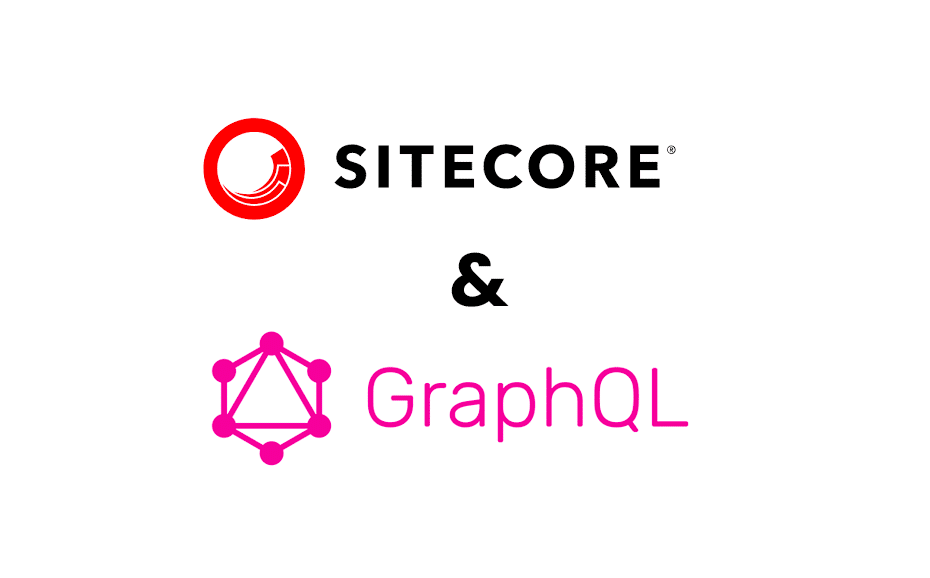Using GraphQL with Sitecore, developers can build powerful and efficient headless applications that can deliver personalized and relevant content to users.
GraphQL is a query language for your API that was developed by Facebook. It provides a more flexible and efficient alternative to traditional REST APIs, which often require multiple requests to fetch data from the server.
Sitecore introduced support for GraphQL in version 9.1, and it can be used as an alternative to the traditional REST API for fetching and manipulating content in a headless application. .
GraphQL is a powerful and flexible technology that can be used in a variety of contexts and scenarios. Here are a few situations where GraphQL may be appropriate:
- When you need to fetch data from multiple sources or APIs: GraphQL allows you to fetch data from multiple sources or APIs in a single request, reducing the number of round trips needed to gather all the data.
- When you need to support a wide range of client applications: GraphQL allows clients to specify exactly the data they need, which can be useful if you are building applications for a variety of platforms or devices that have different data requirements.
- When you want to optimize the performance of your application: GraphQL allows clients to retrieve only the data they need, which can reduce the amount of data transferred over the network and improve the performance of the application.
- When you want to enable real-time updates: GraphQL supports real-time updates using subscriptions, which can be useful in scenarios where you need to update the client in real-time, such as in chat or collaboration applications.
Here is an example of a GraphQL request and response:
Request:
query {
user(id: 1) {
id
name
email
}
}
Response:
{
"data": {
"user": {
"id": 1,
"name": "John Smith",
"email": "john@example.com"
}
}
}
In the example above, the request is asking for the user with an id of 1, and the response returns the id, name, and email of the user.
Sitecore’s documentation provides several more complex query examples in their XM Cloud documentation. You can also learn about how to configure a GraphQL endpoint, create schemas, GraphQL security, best practices, and more.
GraphQL is a suitable choice when you need a robust API to power the front end of your website or application. Compared to conventional REST APIs, GraphQL is more maintainable, queryable, efficient, and powerful. Being able to access any data (not just content) in Sitecore is a formidable feature for a front end developers.
